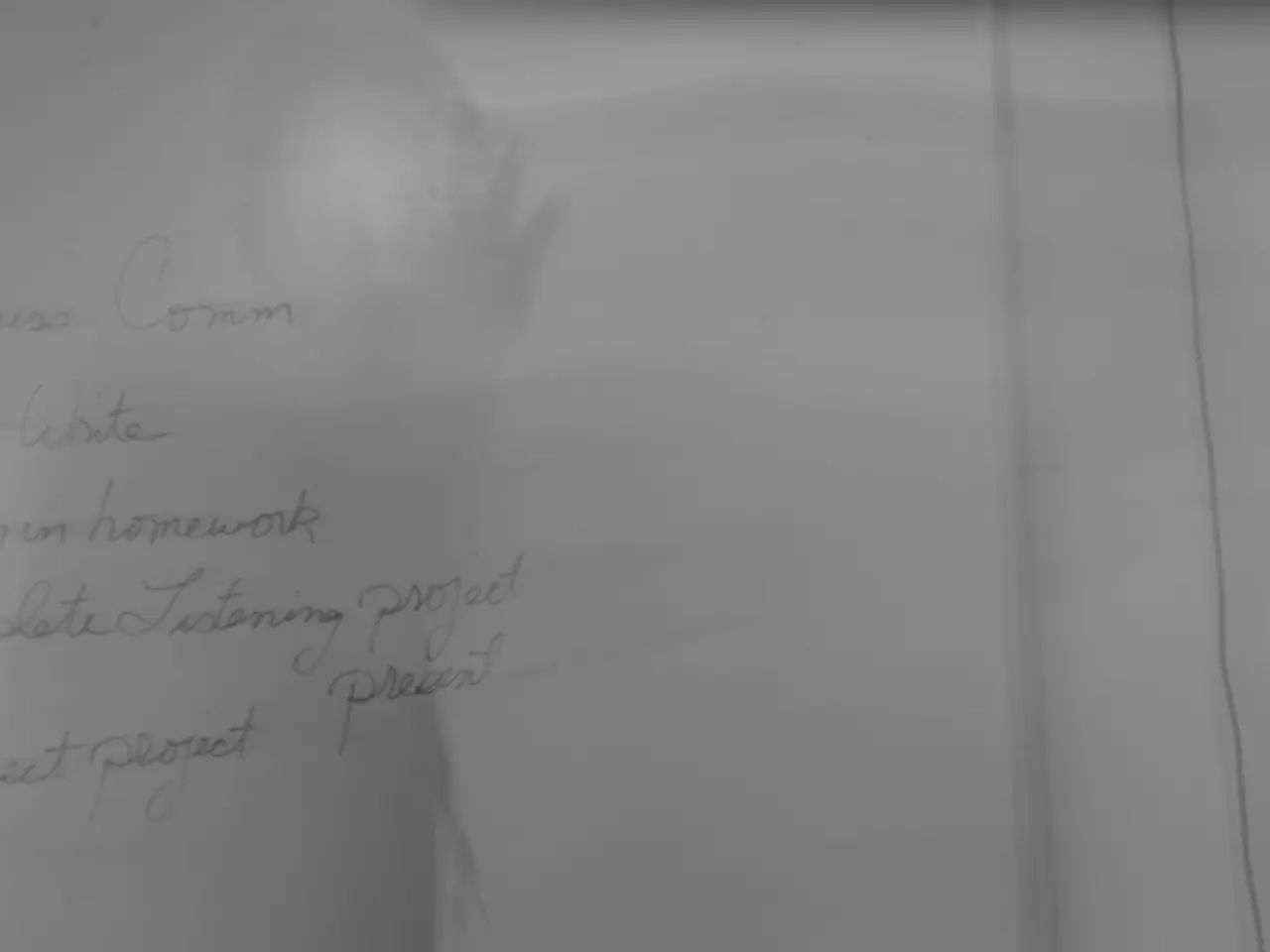Government of Romania authorizes 300 million lei emergency aid for the Praid Salt Mine calamity
Flooding Halts Operations at Historic Praid Salt Mine in Romania
In a historic disaster, Romania's Praid Salt Mine in Harghita County has been hit by severe flooding, causing critical damage. The flooding, considered the worst in the past 30 years, has made the situation within the mine unmanageable due to water flowing into the salt deposits, creating structural instability [1].
The flood has forced a complete shutdown of the mine's operations, including its sanatorium facilities that attract thousands of visitors annually for respiratory treatments and recreational tourism. At the moment, no date has been set for when operations might resume [2].
Romania's government has allocated RON 300 million (EUR 60 million) to help restore the mine, primarily supporting Salrom, the state-owned salt producer, and companies operating within the mine [2]. Besides, extra aid will be given to local tourism and public catering businesses in the Praid commune [2].
"The Praid Salt Mine has never been flooded until now, and extraction activities have been halted indefinitely," said finance minister Tanczos Barna [2]. The government spokesperson, Mihai Constantin, confirmed that the meeting was convened to address damage caused by flooding in the Praid Territorial Administrative Unit [2].
RON 100 million (USD 20.7 million) from the allocation will be immediately disbursed to Salrom and affected businesses [2]. The European Commission has expressed solidarity and is willing to support the recovery of this historic site [4].
The mine is not only a crucial salt reserve but also a significant tourist attraction. Around 130 employees of the mine are currently jobless due to the closure [3][5]. Authorities are still evaluating the extent of damage, and further financial support might be allocated later [2].
In addition to Romanian support, Hungary has announced it will provide assistance for the restoration, considering the region's Hungarian ethnic population and Hungary's past investments in the area [2]. A team of eight European experts has been deployed to analyze the damage and help create a restoration roadmap [4].
Post-recovery, a comprehensive study will determine whether the entire salt mine can be saved or if only the tourist-accessible section will be preserved [5]. President Nicușor Dan has pledged to reopen the mine and compensate affected workers and the local community [3]. Long-term solutions are being considered, though no final decisions have been made yet [5].
iulian@our website
(Photo source: Inquam Photos/George Calin)
[1] https://en.wikipedia.org/wiki/Praid_Salt_Mine[2] https://www.g4media.ro/economie/2025/06/r-o-01-r-o-300miliarde-pentru-ajutor-salvamanta-minele-de-sare-in-deplasare[3] https://www.change.org/p/nici-canu-salvam-minele-de-sare-din-praid[4] https://www.ec.europa.eu/commission/presscorner/detail/en/ip_23_129[5] https://www.business-review.ro/news/salrom-reevaluare-ainte-sa-ia-in- horseshoe-bife-energiamul-pentru-a-extragere-sale-din-minele-de-praid
Business losses in the Praid community are mounting, with the historic salt mine's shutdown impacting the finance sector as Romania's government allocates RON 300 million (EUR 60 million) to aid Salrom, the state-owned salt producer, and other affected businesses. Meanwhile, the general news media buzzes with discussions on politics, as President Nicușor Dan pledges to reopen the mine and compensate affected workers and the local community. Solidarity from the European Commission and Hungary adds to the financial influx, promising support for the recovery of this significant industrial site also popular for tourism.




